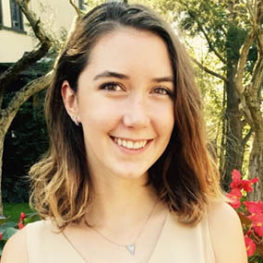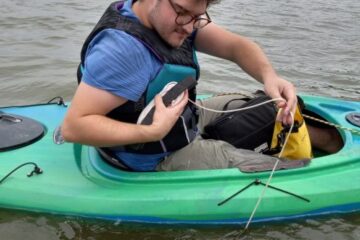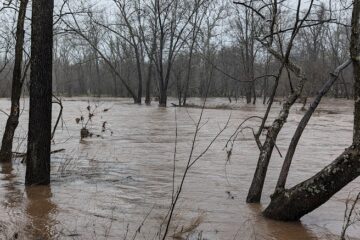
RHA’s Americorps Ambassador Shealynn O’Toole
When I arrived at Raritan Headwaters Association (RHA) as an AmeriCorps New Jersey Watershed Ambassador, I was excited to meet our Policy Director, Bill Kibler. Curious to learn more about his position at RHA, we met and discussed upcoming meetings and hearings he was attending. Bill discussed RHA’s involvement in a civil action case on appeal regarding New Jersey Department of Environmental Protection’s (NJDEP) Issuance of Water Discharge Permit.
The appellants are the Stony Brook-Millstone Watershed Association, Save Barnegat Bay, Raritan Headwaters Association, NY/NJ Baykeeper, Hackensack Riverkeeper, and Association of New Jersey Environmental Commissions. The defendant is the New Jersey Department of Environmental Protection.
Bill recommended going to hear the oral argument if I had never experienced it before. I was excited to travel with him to the historical Hudson County Courthouse in Jersey City to attend my first court hearing.
I was in an interesting predicament because I am hosted at Raritan Headwaters Association, the AmeriCorps NJ Watershed Ambassador Program is managed by the NJDEP. Some of the appellants are host agencies for the program as well. However, many of the appellant representatives I met, explained that there are no hard feelings and that civil action cases are a way to hold state agencies accountable.
One of the appellant arguments is that the terms of the MS4 Permit do not meet the clear, specific, and measureable standard required by the Environmental Protection Agency to achieve water quality objectives that reduce pollutants to the maximum extent practicable.
The defendants claimed that the Ambient Surface Water Quality Monitoring Network (ASWQMN) is meeting the EPA standards. As an AmeriCorps Watershed Ambassador, I collect data on stream quality in Watershed Management Area 8 or the North and South Branch of the Raritan River. The data I collect is for the ASWQMN, which determines the status and trends of surface waters in New Jersey.
Please be aware that this is a very brief explanation of a complex case which has been in courts for years now.
As a recent graduate from Rutgers University’s Edward J. Bloustein School of Planning and Public Policy, this experience was stimulating. I was exposed to a new dynamic between non-profit organizations, which I was not previously aware of. It was interesting to see RHA and the NJDEP intertwined in this case.
Thank you Bill Kibler for inviting me!



